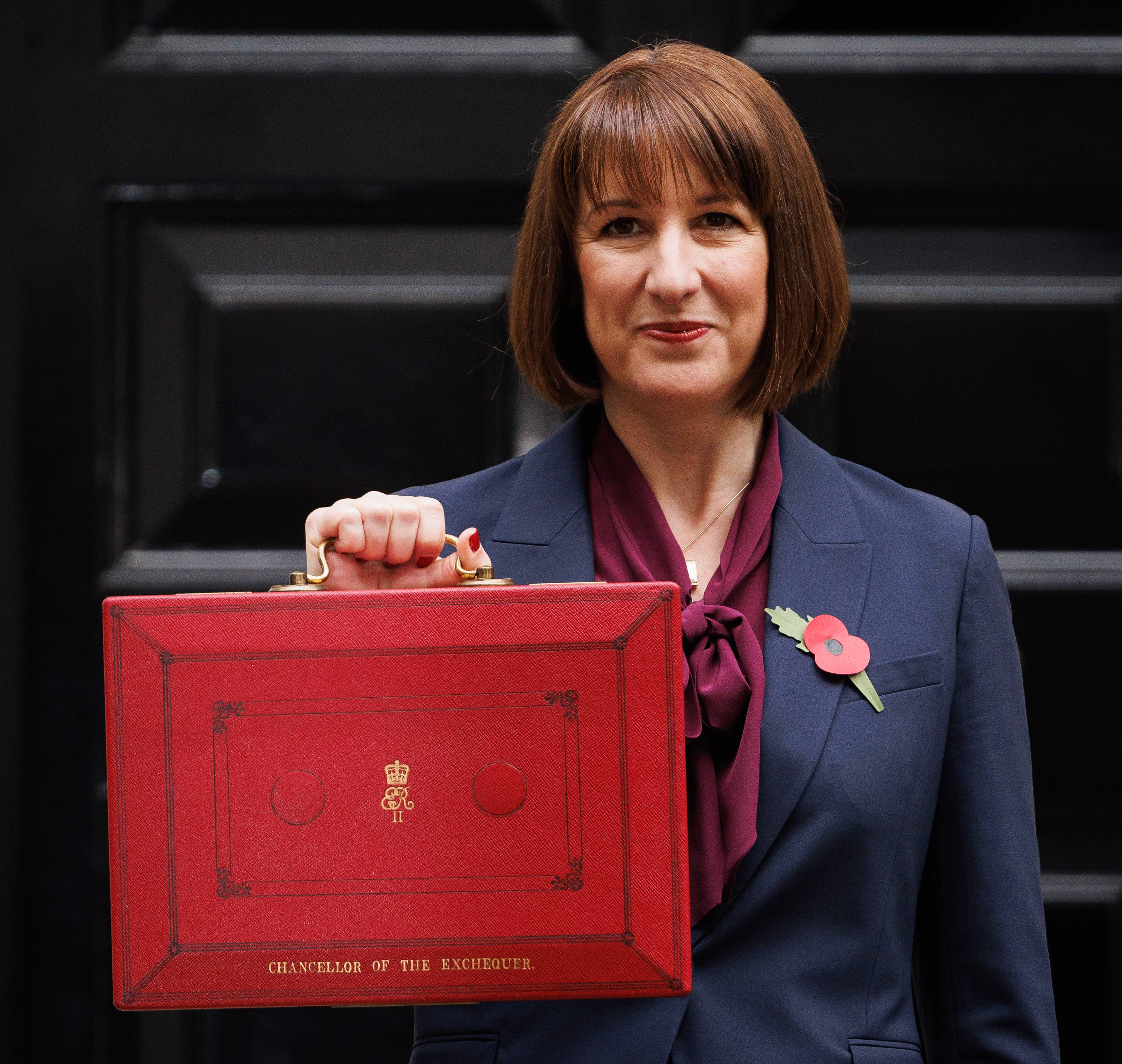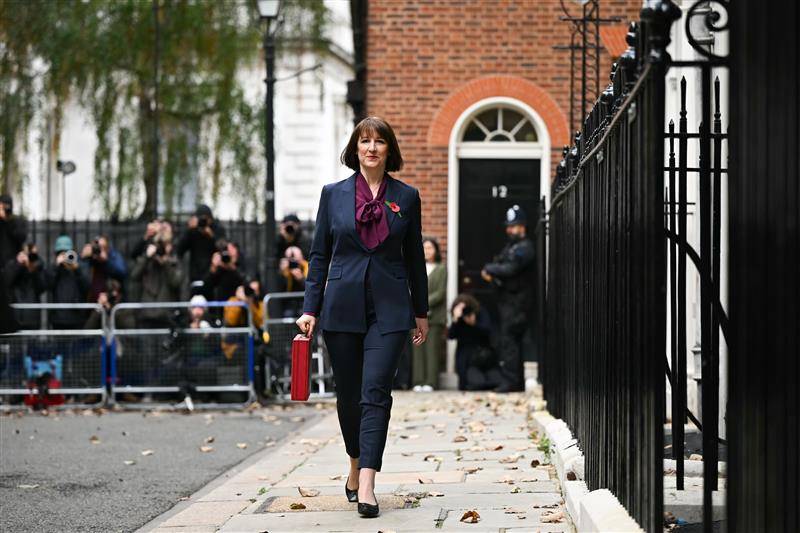Quarterly Investment Update: Mapping the way through the war in Ukraine
When terrible events like those in Ukraine happen, we need a map to see our way through. Our analysis helps us map the likely paths economies could take from here.

Article last updated 22 July 2025.
"Still, as uncertain as the ground may have become, knowing the starting point – where the economy was before the rain started falling, is crucial."
When terrible events such as those unfolding in Ukraine happen, we need a map to see our way through – even more than we need one in normal times. But these events act like large drops of rainwater landing right between where we are today and where we are going, blurring the contour lines and the waypoints. Understanding the paths the global economy could take from here has become much harder. Still, as uncertain as the ground may have become, knowing the starting point – where the economy was before the rain started falling, is crucial.
Our macroeconomic and strategy analysis helps us map the likely paths economies could take from here, which is important because corporate profits, interest rates and equity valuations all have a profound relationship with economic conditions.
You are here
Before the invasion, leading indicators of economic growth were moderating. After the post-lockdown sugar rush of last year, that is no surprise. But even with the Delta and then Omicron waves in late 2021 and the first quarter of this year, respectively, they remained comfortably at levels consistent with rising profits. Measures of business confidence, in particular, were still buoyant. Indicators of new orders, the most forward-looking component within these confidence surveys, had held up better than some of the more coincident ones – suggesting that Omicron-related disruption would be temporary. In fact, the economy had weathered this disruption much better than the market anticipated – global economic data released over the last few weeks has, in aggregate, beaten market expectations by more than they have done at any point since last July.
Surveys had also suggested that businesses were likely to increase investment spending as, perhaps counterintuitively, they often have as central banks start to raise interest rates. Indicators of supplier delivery times had fallen as well, and other data had been suggesting for some months now that the worst of the supply chain disruption was behind us.
Consumers were feeling less confident in some corners of the world, but the correlation between these surveys of consumer confidence and actual spending have broken down quite sharply since the pandemic.
Surveying the economy from the perspective of company profits, upward revisions to analysts’ forecasts for earnings over the next 12 months had slowed from cyclical highs but remained positive. They have actually been more positive than average if we look back over the last 15 years. That’s still true even if we compare against the strong bull market between 2012 and 2018. Despite the management teams of some high-profile companies guiding expectations down as they released their fourth-quarter results, there continued to be more increases in analysts’ forecasts for future profits than reductions.
In fact, even as equity valuations fell sharply in January because of increasing expectations for interest rates to rise – and fell sharply again in February and March as Russia invaded Ukraine – the thousands of analysts whose forecasts are aggregated in this data have still found reason to expect better profits over the next year.
To be clear, we had turned more cautious last November when the uncertainty around the outlook for inflation and interest rates rose. But the bottom line is that the economy was looking relatively robust. Even with household consumption coming off the boil as inflation rose faster than wages.
The high, middle and low roads
"We find it helpful to think in terms of scenarios, particularly when there is so much uncertainty like there is today. After all, as we’re fond of saying, markets are probability weighting mechanisms."
At this early stage, we don’t have a fully revised global forecast – how can anyone? The first business surveys conducted after the Russian invasion have been a mixed bag, weakening in the UK and Eurozone but strengthening in the US. As their incomes are squeezed by rising food and fuel prices, it looks like consumers are getting pickier. Timely, high-frequency data suggests that airlines, hotels and restaurants were all seeing more traffic in March as the demand for supply-constrained household goods and home improvement waned. As we’ve discussed before, this normalisation of spending back towards services is key to bringing core inflation back down to more palatable levels. Core inflation strips out fluctuations in energy and food prices; it’s important because it’s the measure that central banks tend to focus on.
Still, the conflict in Ukraine has added to what was already a somewhat uncertain outlook. We find it helpful to think in terms of scenarios, particularly when there is so much uncertainty like there is today. After all, as we’re fond of saying, markets are probability weighting mechanisms.
As we’ll be outlining in more detail in one of our InvestmentInsights articles this quarter, we see three main paths through this crisis:
- a quick resolution to the conflict, allowing crucial exports of agricultural commodities from Ukraine
- our base case of a prolonged conflict, but without prodigious disruption to global energy supply
- the worst case of a prolonged conflict and major near-term disruption to global energy supply.
Take the probabilities with a pinch of salt, but we assign a low probability to scenario one, a quick resolution – say c.10%. We think scenario two has a greater than 50% probability. Leaving c.30% to scenario three in which the conflict is not only prolonged but either Europe or Russia itself embargoes Russian energy. German economy minister and vice chancellor Robert Habeck, speaking on public television earlier this week, ruled out an embargo on Russian gas, even next winter.
In the first two scenarios equities recover, it’s just a question of speed and which parts of the market do better than others. In the third scenario, we are headed for recession. Probability weighting these scenarios together suggests we should remain invested – a recession is not the most likely outcome.
No clear road ahead
Yet the probability-weighted outlook for economic growth has clearly deteriorated. There’s a larger risk of a squeeze on consumption from falling real (inflation-adjusted) incomes. This is likely to be a very profound problem in the UK and to some extent Europe. There’s also a larger risk of a squeeze on profit margins as other input costs rise too. Additionally, the war in Ukraine risks knock-on effects on confidence and financial conditions, which could lower growth further. All this while interest rates are already going up in the US and the UK and fiscal policy, especially, is tightening too.
Yet, in the wake of Russia’s invasion, the most vulnerable areas of equity markets, such as European banks and industrials, had priced for a mild recession. Valuations outside of the US are back to long-term averages. Many gauges of investor sentiment reached levels that, in the past, have preceded a lasting rebound as long as a recession wasn’t around the corner. And a recession this year would only be likely in the worst of the three scenarios we outlined above.
However, just two months ago the risk of a recession being around the corner was as good as zero. That’s a profound shift. We must acknowledge the considerable increase in uncertainty, around pretty much all of the moving parts relevant for asset valuations. So while we think the prices of the assets most exposed already reflect a lot of the economic risks, we now believe it makes sense to boost exposure to more defensive parts of the market. That would include stocks that tend not to move in lock step with the wider market, those whose prices have little sensitivity to the economic cycle, or counter-cyclical stocks with low indebtedness and quality business models.
As we write, the global equity benchmark has recovered to where it was on the eve of the invasion of Ukraine. For now at least, investors seem to be agreeing with us that the most likely scenario is a prolonged conflict without significant near-term disruption to global energy supply.
Asia’s lower speed limit
This isn’t the case for Asia and particularly China. We have been cautious on the region since early 2021, and we still are. Chinese authorities have continued to loosen policy, even as other major economies have moved towards tightening. But the support measures taken so far are very tentative compared to previous rounds of policy easing in China (which were followed by strong equity performance). Policymakers have repeatedly emphasised their desire for “stability” recently, and indicated that they will avoid the “flood-like stimulus” deployed in the past. They seem to be trying to put a floor under GDP growth following last year’s property-led slowdown, rather than drive a strong rebound.
Meanwhile, the coronavirus outlook in China does not look encouraging. For the time being, the country is sticking to its tough zero-COVID approach (with factories temporarily closing as the huge city of Shenzhen went into lockdown) and the costs of changing course might be high. The latest scientific evidence suggests that China’s Sinopharm and Sinovac vaccines offer much less protection against infection by the Omicron variant than those widely used elsewhere. There is no sign that the regulatory crackdowns which hurt Chinese tech stocks so much last year are about to relent either. Policymakers have specifically mentioned stronger regulation of tech platforms and a tougher stance against monopolies as key economic goals for this year. The National Development and Reform Commission, China’s top economic planning body, published a sweeping 19-point plan for tech regulation earlier this year.
Historically, emerging Asian economies have found high food price inflation difficult to navigate – food accounts for two to three times that of Western households’ share of the consumption basket. Prices around the world have surged as Ukraine’s exports of wheat, corn and other crops have been cut off by the invasion.
Are we there yet?
Of course, the global equity benchmark is still some 7% below where it was at the beginning of the year. Expectations of higher inflation and tighter interest rate policy are still weighing on valuations, particularly those of American technology companies.
Market expectations are that the Federal Reserve (Fed) will follow up last week’s 0.25% rise with a series of aggressive further increases totalling nearly 2% at its remaining meetings this year... In other words the market has already priced in what we would regard as the maximum number of rate hikes the Fed is likely to make. And there is a greater likelihood that rate hikes fall short of these expectations than there is that they will be exceeded.
"For now at least, investors seem to be agreeing with us that the most likely scenario is a prolonged conflict without significant near-term disruption to global energy supply."
Market pundits also report nervousness around the Fed withdrawing liquidity by scaling back its bond purchases. Such ‘quantitative tightening’ (QT) contributed to an equity correction in 2018. As we’ve written before, we think that this time around the Fed can reduce more of its bondholdings before QT starts to cause a cash squeeze for commercial banks. There are also new backstops (totalling more than $1.5 trillion) that are likely to be tapped as policy tightens, allowing cash back into the market and maintaining bank reserves. This should allow the Fed to proceed at a quicker pace than in 2018, but with reduced disruption.
Less relevant for global equity markets, but important for many of our clients nonetheless, the Bank of England (BoE) has begun to push back more forcefully on market expectations of another four rate hikes this year. It has done this by providing evidence that such a magnitude of tightening would risk pushing unemployment up in 2023 and sending core inflation back to too low a level thereafter.
Another one or two quarter point increases to the UK base rate seem likely, but we think the BoE may then pause. Wage inflation in the UK has slowed a lot since the middle of last year, and most workers’ pay is now rising by less than inflation. Meanwhile, the balance of government spending and tax is set to become a lot less supportive. Although the Chancellor announced a 5p cut to fuel duty and a £3,000 increase in the national insurance threshold at his Spring Statement, the bigger picture is that taxes more generally are going up. In fact, relative to the size of the economy they are on course to rise through levels last seen in the late 1960s.
Keeping on track
As unnerving as the recent volatility seems, corrections around the magnitude we’ve experienced this year are the norm. They occur in more years than they don’t, and rarely prevent equity markets from delivering positive calendar year returns. One of our main jobs as asset allocators is to assess the risk that a correction becomes pernicious and that before you know it you are in a bear market – a fall greater than 20%. These are very rare when economies are still growing. They are almost invariably accompanied by a recession, which to repeat is not what we believe to be the most likely scenario at a global level – and we are global investors. Unless we think a recession is the likely scenario, as long-term investors we believe we should remain invested in equities.
"Unless we think a recession is the likely scenario, which we don't, as long-term investors we believe we should remain invested in equities."
Have good shock absorbers
Business models linked to structural changes in the economy, in consumer preferences or in technology should also help. This year we will be launching in-depth reports on two themes – cloud computing and the role of building and construction in the battle against climate change. And we will detail other themes in shorter articles in our quarterly InvestmentInsights, beginning with sustainable agriculture in the latest edition, due out next week.
Watch the video version of the Quarterly Investment Update here.



